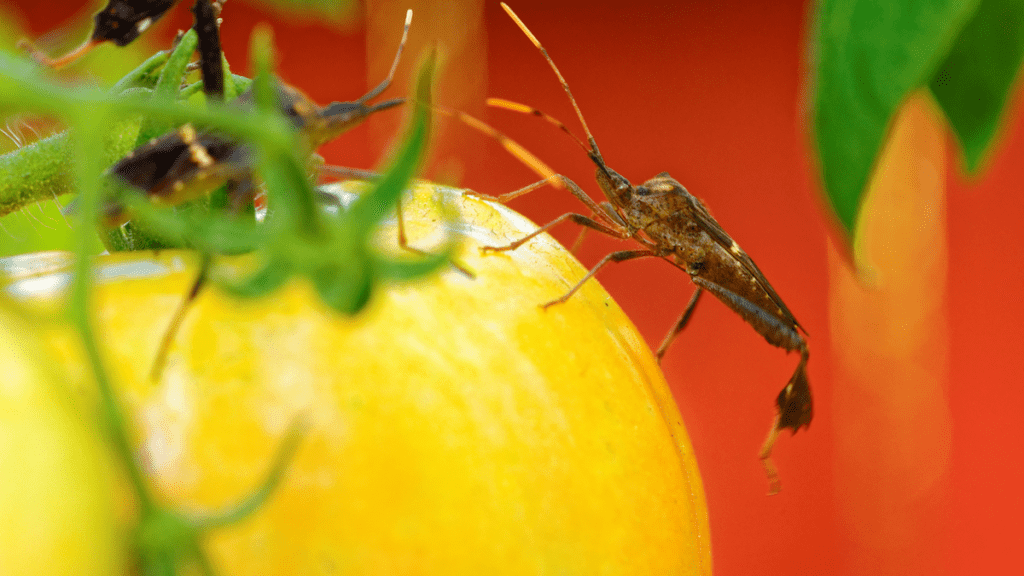Today’s blog is a recap of our “Spring Into Summer Vegetables” class we recently had with Karen Gardener. Karen always shares some wonderful tips for successfully growing vegetables in our climate. I will walk you through her outline and highlight her advice for prepping gardens for vegetables and next week we’ll add a special blog highlighting Karen’s top 12 vegetables she loves to grow for spring/summer.
6 Needs for Growing Vegetables
Water: Having a water source that is easily accessible to water your vegetables is important. If it’s not close by, it just makes it harder to get out there and do it.
- Rain water is awesome, but we don’t always get it regularly.
- Drip irrigation is the next best option, as it directs the water to the roots of the plants where you most need it.
- Watering wands are great too because you can get the water down in between the plants and towards the roots..
- Overhead sprinklers aren’t great for vegetables, as you should try to keep water off the foliage.
Temperature/Timing: Planting the right vegetables at the right time of year is crucial to success. The dates that are offered as recommendations for when to plant are primarily in place due to the temperatures. Plant too early and you risk damage to plants from a freeze. Plant too late and you risk vegetables not setting fruit due to the heat of summer.

- Sandy soil. You probably have sandy soil if when you grab a handful of soil and squeeze, then open your hand, the soil falls apart immediately and does not stick together at all. Sandy soil tends to have water and nutrients wash right through before your plants get to take them up. You can amend your sandy soil by adding 2’ – 3’ of compost or coconut coir. Mix it into the soil to a depth of 6”. You can follow with a 2” – 3” layer of organic mulch applied to the top of the soil after planting. This will eventually break down and continue to improve your soil for growing vegetables.
- Clay soil. You probably have heavy clay soil if you do the same test as above, but when you open your hand the clay is sticky and clumpy. Clay soil is sticky when wet, and hard as a brick when dry. Heavy clay soil holds nutrients, but it also holds water. Adding compost in the same manner above helps, as does the addition of soil conditioners, or gypsum (as a soil conditioner). Adding clean, washed sand (2” mixed into soil) also helps. All these soil amendments make clay soil more workable and improve drainage for vegetables.
- Ideal garden soil for vegetables will be a combo of both sandy and clay soil. It will crumble easily when pushed through your fingers.

Soil Amendments that feed vegetables
- Compost, rich in organic matter, is one of the best things you can mix into your soil.
- Leaves are a great source of nutrients. Mulch them up and they break down even faster to be worked in the soil.
- Earthworm Castings, Bat Guano, Active Soil Microbes, etc….these are all great to mix into your soil at some point.
Dry or Liquid Fertilizers
- Vegetables will need to be fed throughout their growing period. There are a multitude of options, including dry fertilizers which are slow release formulas, and liquid fertilizers which are immediate feeding formulas. You can use one or the other or both.
- Whichever you choose, the main thing is that you READ THE DIRECTIONS! The labels hold valuable information, including how much to use, when to apply, what to use it on, etc… All formulas are different so this is truly one piece of advice you should follow.
- Karen says it’s a great idea to rotate your fertilizers too. It’s also good to note that the more you work your soil and add those organic soil amendments listed above, the less you have to worry about fertilizing.

Weeds/Pests & Diseases/Weather: Lastly, you will have to be aware that there are things that want to compete with your vegetables. These include weeds, diseases, pests, and extreme weather.
- Weeds: Do yourself a favor and start with a cleaned out garden bed and tidy up the perimeter of it as well. Pull all weeds and remove dead plant material around it where pests can lurk, ready to jump onto your freshly planted vegetables. Continue to weed throughout the growing seasons as weeds greedily steal nutrients from the soil that your vegetables need.
- Pests & Diseases: Observing your garden daily is the best way to defend your vegetables from pests and diseases. You always have a better shot at controlling them if you catch them in their earliest stages. You can see more about how to prevent and control pests and diseases on vegetables here. If ever in doubt about what problems you are experiencing, reach out to us. Pictures are great, samples in a sealed, clear plastic baggie are better.
- Weather: Early spring vegetable planting brings with it the threat of an errant, late freeze and strong spring winds. Both of these can cause damage to new vegetable transplants. Freeze cloth can help to protect from both. Late summer brings on the heat, so freeze cloth can offer some shade from this as well. Just keep it handy, always.
Ready to grow some vegetables? Tis the season! Best of luck to you!
~The Happy Gardener, Lisa Mulroy


I have been using cedar mulch around all my raised vegetable garden for several years. This helps stave off bad bugs off substantially
Hi Ken,
Yes! Cedar mulch is a great natural pest repellant. Glad to hear it is working out for you! Best of luck this spring growing season.